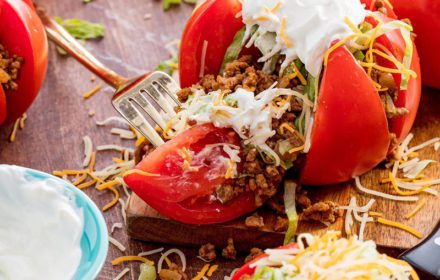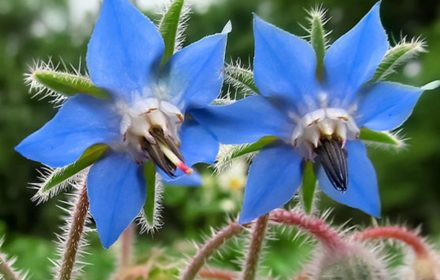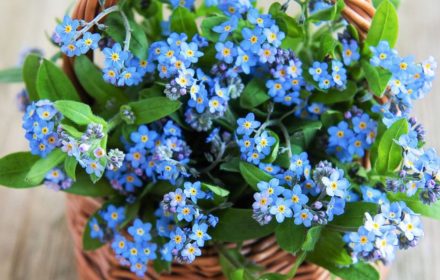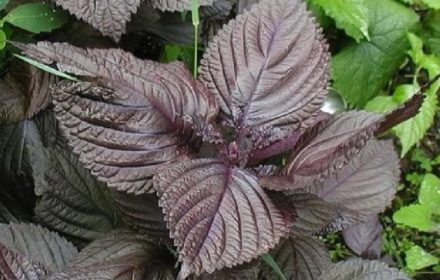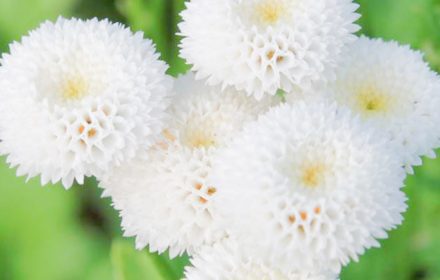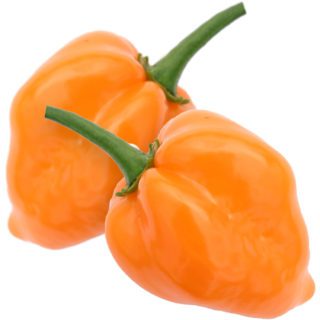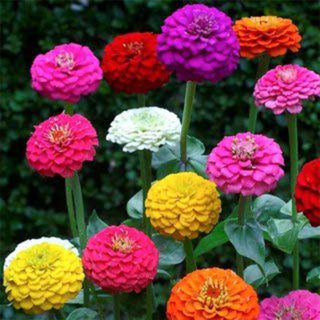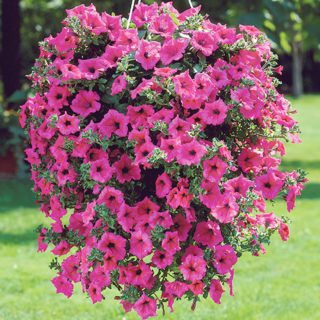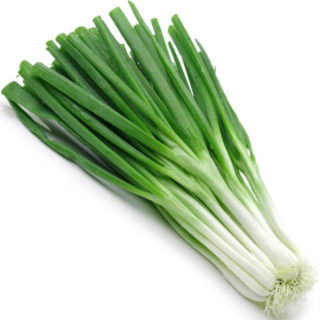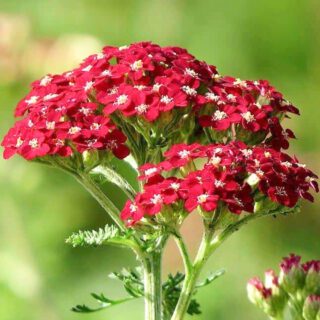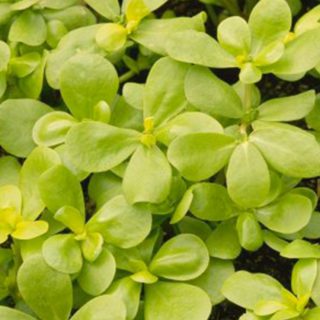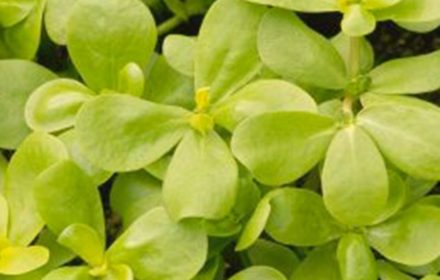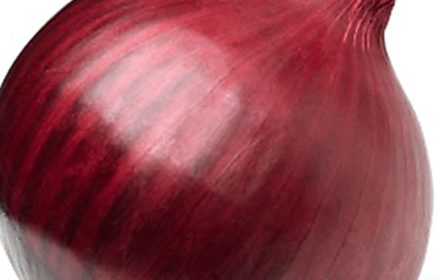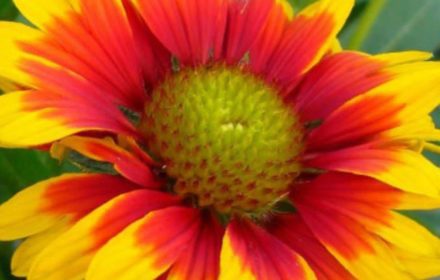How to Sow and Grow Red & Brown Onion Seeds in the UK
Red and brown mixed onions are a kitchen staple, prized for their sweet, crisp taste when harvested young and their rich, bold flavour when fully matured. Growing your own onions ensures fresher produce with superior taste. With proper care and conditions, you can achieve a high-yield onion crop in the UK, whether you’re growing them in a vegetable patch, containers, or a greenhouse.
Why Grow Mixed Red & Brown Onions?
- Dual Flavour Profile: Harvest early for sweeter salad onions or let them mature for full-flavoured onions perfect for cooking.
- Long Growing Season: Depending on harvest timing, onions can be grown over 100-160 days.
- Pest Control Benefits: Onions naturally deter many pests, making them an excellent companion plant for other vegetables.
When to Sow Red & Brown Onion Seeds
- Indoors: Sow seeds indoors or in a greenhouse from January to early April to get a head start on the growing season.
- Outdoors: Direct sow outdoors from late March to early May, once the risk of frost has passed.
Step-by-Step Guide to Sowing Red & Brown Onion Seeds
Indoor Sowing
- Prepare Trays or Pots: Fill trays or pots with fresh, well-draining seed compost.
- Sowing Depth: Sow seeds at a depth of 1/2 inch (1.3 cm). Space seeds about 1 inch apart within the tray to allow for root establishment.
- Light and Temperature: Place the trays in a warm, bright location, such as a south-facing windowsill or greenhouse. Maintain temperatures of 18-21°C for optimal germination.
- Watering: Keep the compost evenly moist but not waterlogged. Water gently using a spray bottle or watering can.
- Germination: Expect seeds to germinate within 10-12 days under ideal conditions.
Outdoor Sowing
- Soil Preparation: Choose a sunny, well-drained location and loosen the soil to a depth of 15 cm (6 inches). Add well-rotted compost or organic matter to enrich the soil.
- Planting Depth: Sow seeds directly into prepared rows, 1/2 inch deep and spaced 1 inch apart. Keep rows spaced 12-18 inches apart.
- Watering: Water gently after sowing to help the seeds settle into the soil. Keep the soil consistently moist but avoid waterlogging.
- Transplanting and Spacing: Once seedlings are about 4 inches tall and have developed a few sets of true leaves, transplant them to their final growing location. Space individual plants 4-6 inches apart, with rows spaced 12-18 inches apart to allow for proper bulb development.
Caring for Red & Brown Onions
- Watering: Water regularly, especially during dry periods, but avoid overwatering, as this can cause the bulbs to rot.
- Weeding and Mulching: Keep the growing area weed-free to reduce competition for nutrients and water. Apply a layer of mulch to retain soil moisture and suppress weeds.
- Feeding: Apply a general-purpose fertilizer or compost when planting and every few weeks throughout the growing season. Onions benefit from nitrogen-rich feed during early growth.
Pest and Disease Control
- Pests: Onions are naturally pest-resistant but may occasionally attract aphids or onion flies. Use netting or companion planting with strong-smelling herbs to deter pests.
- Diseases: Watch for signs of onion rot or mildew. Avoid overhead watering and ensure good airflow around plants to prevent fungal infections.
Harvesting Red & Brown Onions
- Salad Onions: Harvest early, around 60-80 days after planting, when bulbs are small and sweet.
- Mature Onions: For large bulbs, wait 100-160 days, or until the tops turn yellow and fall over naturally.
- How to Harvest: Use a garden fork to gently lift the bulbs from the soil, taking care not to damage them.
- Curing and Storing Onions: Lay onions in a warm, dry, and well-ventilated area for 10-14 days to allow the skins to dry and toughen. Store cured onions in a cool, dark place with good ventilation. Properly cured onions can last for several months.
Common Questions About Growing Red & Brown Onions
- Can I grow onions in containers? Yes, onions grow well in containers if the container is at least 30 cm (12 inches) deep and provides good drainage.
- What happens if I harvest onions too early? Harvesting onions early results in smaller, sweeter bulbs, perfect for fresh salads.
- How do I prevent my onions from bolting? To prevent premature flowering (bolting), avoid planting onions in extreme temperatures and keep the soil evenly moist. Choose bolt-resistant varieties if planting in early spring.
By following these guidelines, you can enjoy a plentiful harvest of red and brown onions, perfect for enhancing a variety of dishes. Whether you prefer sweet, small salad onions or large, flavourful cooking onions, this versatile crop will be a rewarding addition to your garden.


